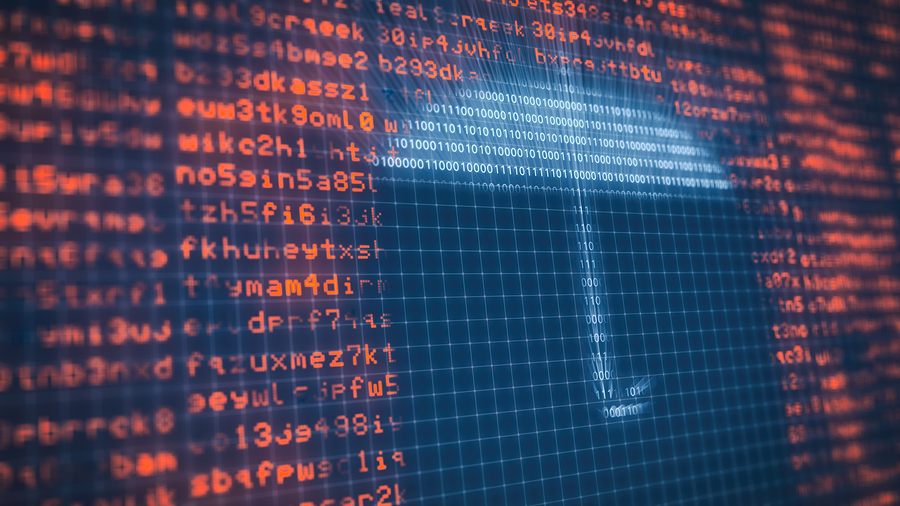The Influence of Effective Data Destruction on Cyber Security Threat Monitoring
Wiki Article
The Importance of Effective Data Damage Practices in Shielding Sensitive Info and Ensuring Computer System Safety And Security
In a period where information breaches are progressively typical, the importance of effective data devastation methods can not be overstated. Carrying out robust information destruction approaches not only alleviates these threats yet likewise aligns with legal conformity demands, ensuring that companies promote their reputation and foster customer trust.Recognizing Information Destruction
Comprehending information damage is important in today's digital landscape, where sensitive details can quickly be endangered. Effective data damage involves not merely making sure however removing documents that data is irretrievable via comprehensive techniques. This procedure is necessary for organizations that handle confidential client information, copyright, or interior documents, as any kind of violation can lead to severe monetary and reputational effects.
Information devastation includes numerous techniques, consisting of shredding physical media, degaussing magnetic storage space tools, and utilizing software-based options that overwrite information multiple times. Each method serves a certain function and must line up with the sensitivity of the info being dealt with. As an example, physical destruction is typically favored for disk drives consisting of extremely private information, while software methods might suffice for much less delicate info.
Additionally, sticking to market requirements and regulations, such as the General Information Security Law (GDPR) or the Medical Insurance Portability and Liability Act (HIPAA), is essential for conformity and to alleviate legal threats. Organizations must create a robust data devastation plan, train workers on best practices, and routinely audit their procedures to make certain that all delicate details is gotten rid of securely and successfully.
Risks of Inadequate Practices
Insufficient data damage practices reveal companies to substantial risks that can have far-reaching effects. When sensitive info is not properly gotten rid of, it continues to be vulnerable to unapproved gain access to, which can cause data violations and identity burglary. Such occurrences not only endanger the safety of people yet also tarnish the organization's online reputation, resulting in a loss of customer trust and possible financial effects.In addition, regulative conformity is significantly strict in many industries. Failing to follow data destruction policies can cause hefty penalties and lawful actions against companies. These charges can draw away and strain financial resources focus from core company procedures.
Furthermore, the abuse of residual information can result in copyright burglary or business reconnaissance, jeopardizing competitive advantages (data destruction). The impact of insufficient information damage extends beyond instant economic losses; it can also result in long-lasting damages to brand name integrity and market setting

Organizations must identify that information safety and security is not solely regarding stopping violations; it likewise incorporates the responsible monitoring of information throughout its lifecycle. Overlooking reliable data damage protocols can have catastrophic implications, highlighting the requirement for robust measures to minimize these dangers.
Best Practices for Information Devastation
Applying reliable information devastation methods is essential for protecting delicate details and maintaining conformity with regulative requirements. Organizations should take on a multi-faceted technique to make sure that data is irretrievable, thus avoiding unapproved gain access to and prospective violations.First, information must be classified based on level of sensitivity, permitting organizations to use suitable destruction approaches tailored to the degree of danger. For digital information, making use of software-based data-wiping devices that abide by market standards can properly overwrite existing information. Physical destruction techniques, such as shredding or degaussing, are vital for devices that save delicate details, making sure complete eradication.
Developing a clear data retention policy is essential, detailing how much time various kinds of info ought to be retained prior to damage. Normal audits of information storage systems are likewise essential to recognize unnecessary or out-of-date data requiring removal.
Furthermore, training employees on the relevance of data devastation and the particular methods to adhere to fosters a culture of protection within the company. Finally, maintaining documentation of information devastation refines offers liability and sustains conformity with inner policies and external laws. By adhering to these best methods, companies can substantially alleviate the dangers connected with information exposure.
Legal and Conformity Considerations

Failing to adhere to these guidelines can result in serious charges, consisting of significant fines and reputational damages. Organizations has to carry out a robust data destruction plan that straightens with these legal structures and offers clear standards on the correct techniques of data disposal, whether physical shredding or digital cleaning.
Moreover, maintaining documents of information damage activities is vital for demonstrating conformity throughout audits or inspections. By prioritizing legal and conformity factors to consider, organizations can enhance their data safety pose and foster trust fund with clients and stakeholders, inevitably adding to a much more protected information monitoring setting.
Benefits of Effective Data Devastation
Efficient data damage techniques prolong past simple conformity; they supply substantial benefits to organizations that prioritize them. By making sure that delicate information is irretrievably damaged, companies minimize the danger of data violations and the prospective financial consequences linked with them. This proactive approach not only safeguards versus unapproved accessibility yet likewise improves the total trustworthiness of the organization in the eyes of stakeholders and clients.Executing durable information destruction techniques, such as physical damage of storage space gadgets or innovative information wiping techniques, contributes to the strengthening of an organization's cybersecurity pose. data destruction. It lowers the chance of copyright theft and secures exclusive info, thus maintaining an affordable edge out there

Verdict
In final thought, effective data devastation methods are crucial for guarding delicate details and enhancing visit this site overall computer system protection. Eventually, a commitment to durable information damage strategies cultivates a society of responsibility, thereby reinforcing an organization's cybersecurity position and keeping client depend on.
Report this wiki page